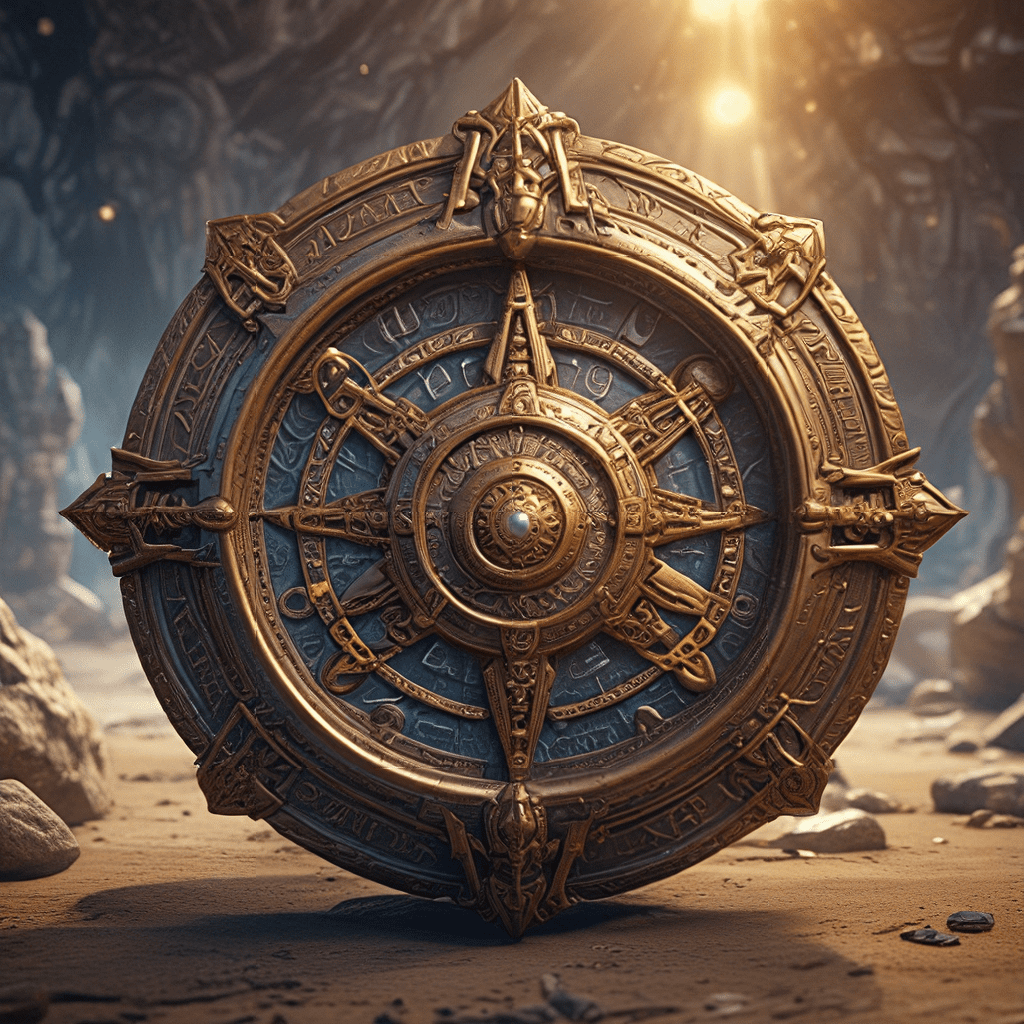The Amulets: Ancient Protections and Symbols
1. Introduction: Amulets in Ancient Egyptian Belief
In ancient Egypt, amulets were more than just jewelry; they were powerful objects imbued with magic and divine protection. Egyptians believed these talismans could safeguard them against illness, misfortune, and even evil spirits. The use of amulets was deeply ingrained in their culture, connecting them to their deities, their beliefs about the afterlife, and their daily lives. A wide range of materials was used, from precious metals like gold and silver to humble stones, bone, and even faience, a type of glazed pottery. These amulets were crafted in various shapes and sizes, each representing a specific deity or concept.
2. The Eye of Horus: Powerful Protection
One of the most recognizable Egyptian amulets is the Eye of Horus, also known as the Wadjet eye. This powerful symbol represents the god Horus, who was the god of kingship, protection, and healing. The Eye of Horus is associated with the sun god Ra and its healing properties, particularly the ability to restore sight. It was believed to ward off evil spirits, protect against misfortune, and even cure illness.
The Eye of Horus amulet appears in many forms. Sometimes it’s depicted as a single eye, while other times it’s shown with a tear drop, symbolizing the healing power of tears. Some amulets even incorporate the Eye of Horus into other designs, like the scarab beetle. Regardless of its form, the Eye of Horus held a powerful place in Egyptian belief, serving as a constant reminder of protection and divine favor.
3. The Scarab Beetle: Rebirth and Renewal
The scarab beetle, a common sight in ancient Egypt, held a special place in their mythology. The scarab was believed to be a manifestation of the sun god Ra, who rolled the sun across the sky each day. Egyptians associated the scarab’s life cycle with the cycle of life, death, and rebirth. They believed that the scarab, like the sun, would rise again after death, representing the hope for a new life in the afterlife.
Scarab amulets were often crafted from stone, especially green jasper, which was believed to hold special power. These amulets were worn as pendants and rings, and were often inscribed with spells or prayers for protection and rebirth. The scarab was also believed to bring good luck, fertility, and abundance.
4. The Ankh: The Key to Life
The ankh, a distinctive symbol shaped like a cross with a loop at the top, represents the key to life, immortality, and eternal life. It was believed to possess the power to grant eternal life and protect individuals from harm. The ankh was associated with various deities, including Osiris, the god of the underworld, and Isis, the goddess of motherhood and magic. Egyptians believed that wearing an ankh amulet could bring health, longevity, and safety from danger.
The ankh appeared in a variety of designs, sometimes with a horizontal bar across the top of the loop, representing the horizon. It was often depicted in scenes of offerings and sacrifices, emphasizing its connection to divine favor and the afterlife.
5. The Djed Pillar: Stability and Strength
The djed pillar, a stylized representation of a backbone, embodies stability, strength, and resilience. It was associated with Osiris, the god of the underworld, whose back was broken by his evil brother Seth. The djed pillar symbolizes the restoration of Osiris, representing his ability to overcome adversity and rise again. It was believed to bring strength, support, and stability during difficult times.
The djed pillar was often depicted in scenes of offerings and funerary rituals, signifying hope and renewal. It was also worn as an amulet, bringing resilience and support in challenging situations. The djed pillar served as a reminder that even in the face of adversity, strength and stability can be found.
6. The Was Scepter: Royal Power and Authority
The Was scepter, a curved staff topped with a stylized animal head, symbolized royal power and authority and was often wielded by pharaohs. The Was scepter represented the divine right of kingship, signifying the pharaoh’s connection to the gods and their power to protect and rule the land. This symbol was associated with Seth, the god of chaos and storms, and his role in maintaining balance and order in the cosmos.
The Was scepter was used as an amulet for protection, strength, and success. It was believed to bring divine protection and favor to those who wore it. The Was scepter served as a constant reminder of the pharaoh’s power and the importance of maintaining order in the world.
7. The Wadjet Eye: Protection and Royal Authority
The Wadjet eye, also known as the Eye of Ra, was another powerful symbol associated with protection and royal authority. This eye represents the cobra goddess Wadjet, who was the protector of Lower Egypt. The Wadjet eye was often depicted on the pharaoh’s forehead, signifying his power and divine protection.
The Wadjet eye was used as a protective amulet for the pharaoh and the people of Egypt. It was believed to ward off evil, bring good fortune, and ensure a safe passage to the afterlife. The Wadjet eye, like the Eye of Horus, symbolized the watchful protection of the gods and the power of the pharaoh to maintain order and security.




